In this digital age of technology I would like to pause, unplug and contemplate the low-tech pencil. These days, most of the quilters I know are all about the high tech toys. Tools like Electric Quilt and CAD programs, Adobe Illustrator… I admit I am partial to Corel Draw to bring my patterns to their pre-press stage.
BUT – for the preliminary design stage nothing beats a pencil and paper (and a good eraser). The sheer joy of holding an organic tool that is a natural extension of my fingers and hand. There is a sensory link between my fingers and the pencil, I could swear my nerve endings run right down the wood and minerals down to the paper. I know there are some who would say the same thing about a mouse or a stylus but to me, there is an electronic barrier with those much like the difference between a phone conversation and speaking to a person in the same room or like listening to a recording vs. listening to a live performance. Digital drawing is like trying to caress and feel an object while wearing gloves.
The process of drawing with a pencil is a meditative Zen experience – just me the pencil and the paper – no electricity, no digital translation of my motions through a filter of circuitry. Anyone who has explored tone drawing will know exactly what I am talking about; it’s like controlling your breath to evoke musical notes from a flute or the pressure of your fingers teasing ethereal sounds from a violin.
I know it is more painstaking to work with graphite on paper, mistakes are harder to change or remove and for many processes such as duplicating a repetitive pattern, drawing by hand is more labor intensive and time consuming. I do it purely for the pleasure, the delight of seeing line and form emerge from the pencil like my life blood running down this appendage that once had a life of its own as a part of a living tree.
Here is an example of a contemplation in pencil, trying to work out a border design for one of my Totem quilts.
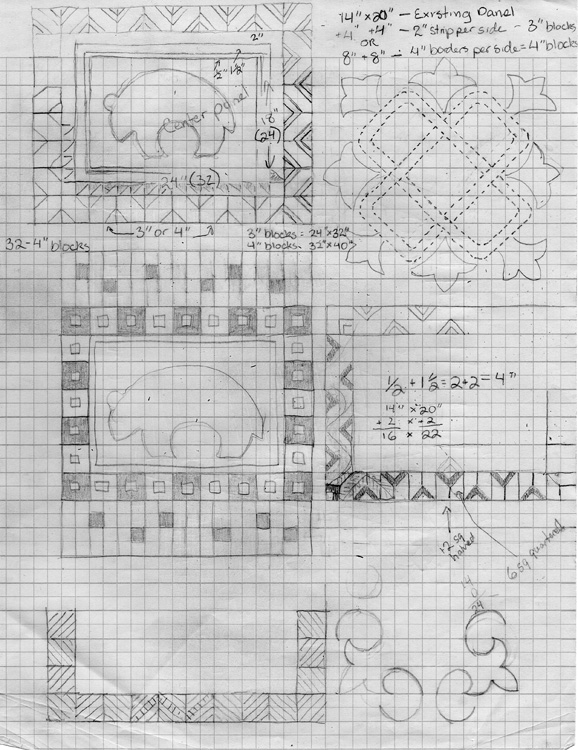
And a final observation of the humble pencil – I have heard it said that NASA spent millions of dollars on research and development of a pen that would work in zero gravity; the Russians bypassed the expense and hassle by using – A PENCIL!

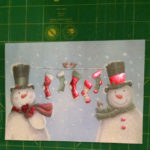
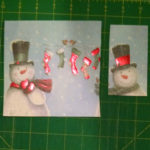 will probably be useless for fabric after this project so an older blade that needs replacing anyway is a good option.
will probably be useless for fabric after this project so an older blade that needs replacing anyway is a good option.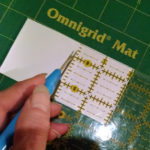 tag format; in many cases I can get several tags from one card. The tags can be any size or shape you want as long as they are not too large.
tag format; in many cases I can get several tags from one card. The tags can be any size or shape you want as long as they are not too large.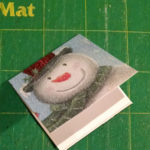
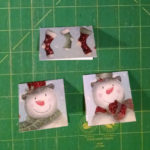
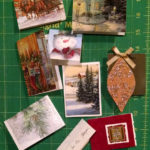 these to a craft group) but I love the fact that I am giving a second ‘life’ to something that would otherwise go straight into a recycling bin or a landfill if the card material is not recyclable plus I’m not having to buy premade gift tags along with the other wrapping paraphernalia; so save those greeting cards and give them a little more life before discarding (pun intended) them.
these to a craft group) but I love the fact that I am giving a second ‘life’ to something that would otherwise go straight into a recycling bin or a landfill if the card material is not recyclable plus I’m not having to buy premade gift tags along with the other wrapping paraphernalia; so save those greeting cards and give them a little more life before discarding (pun intended) them.